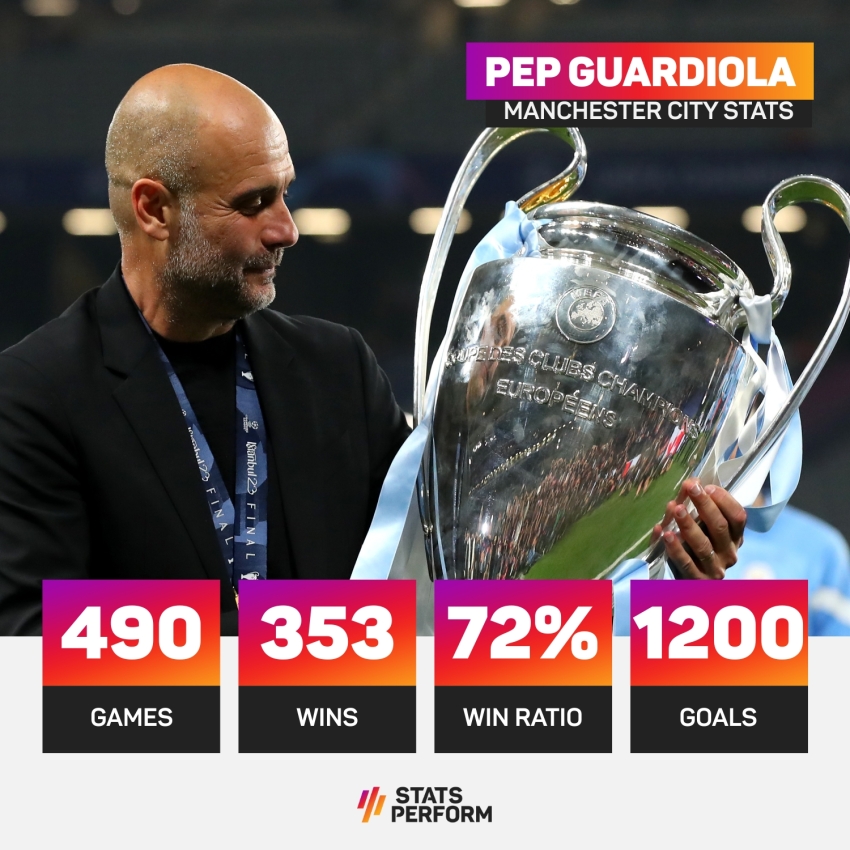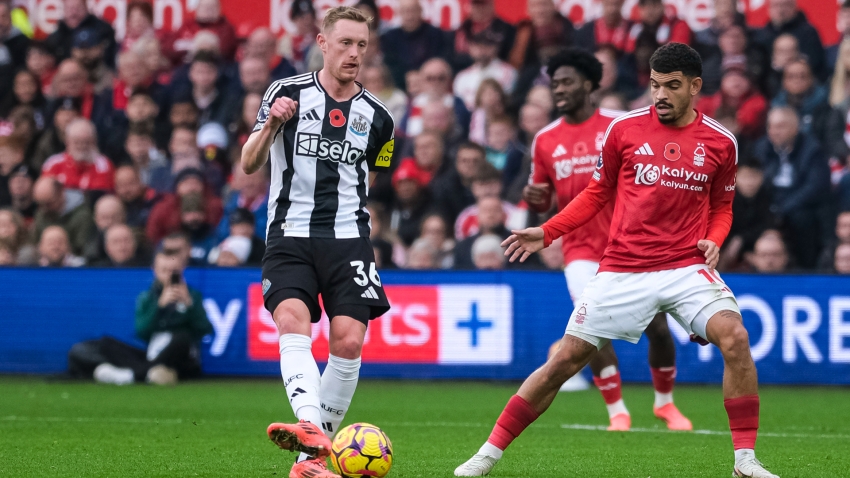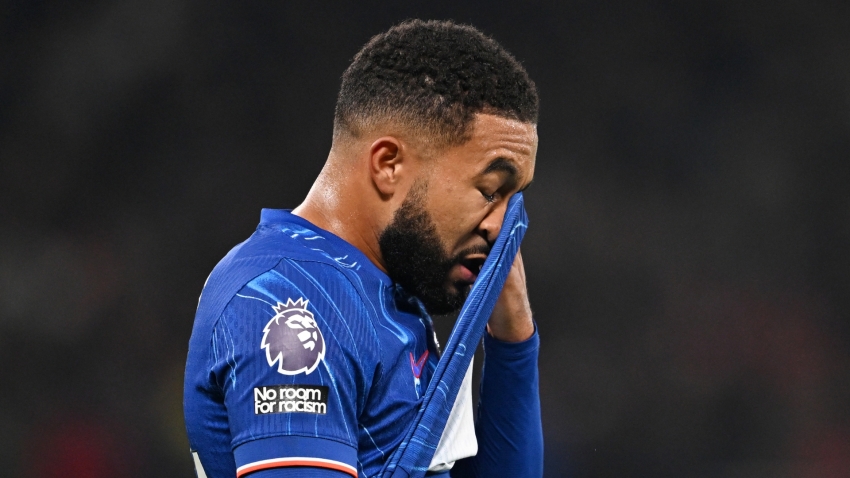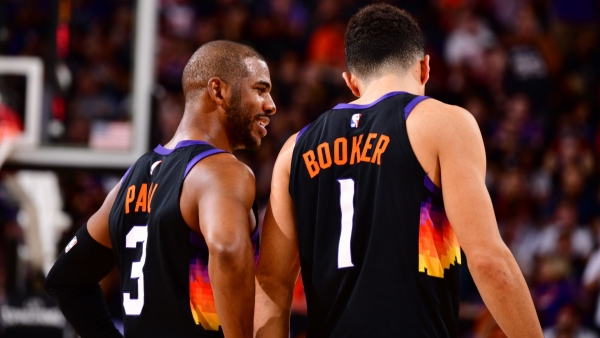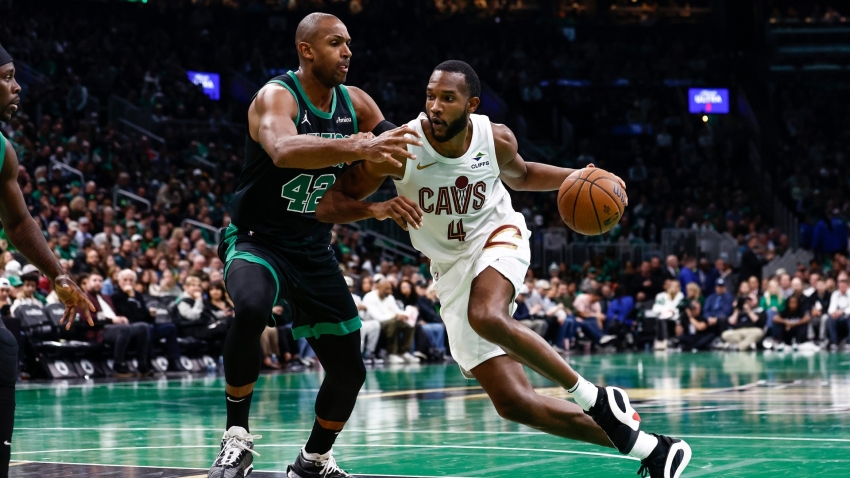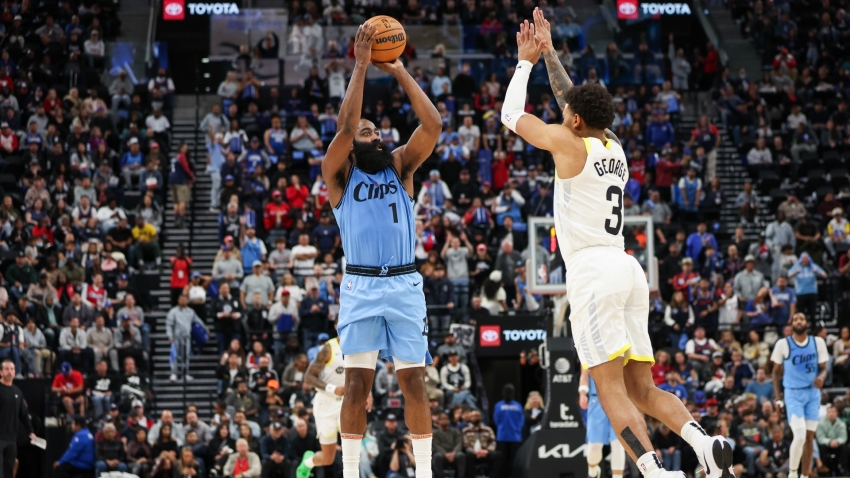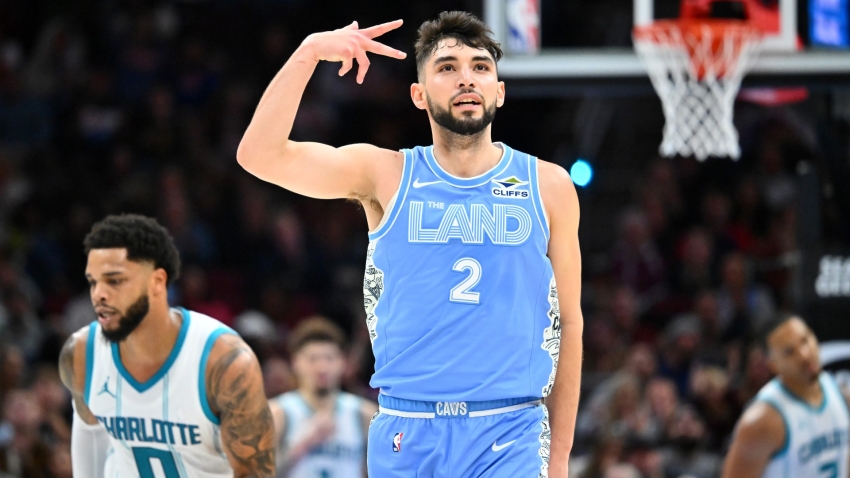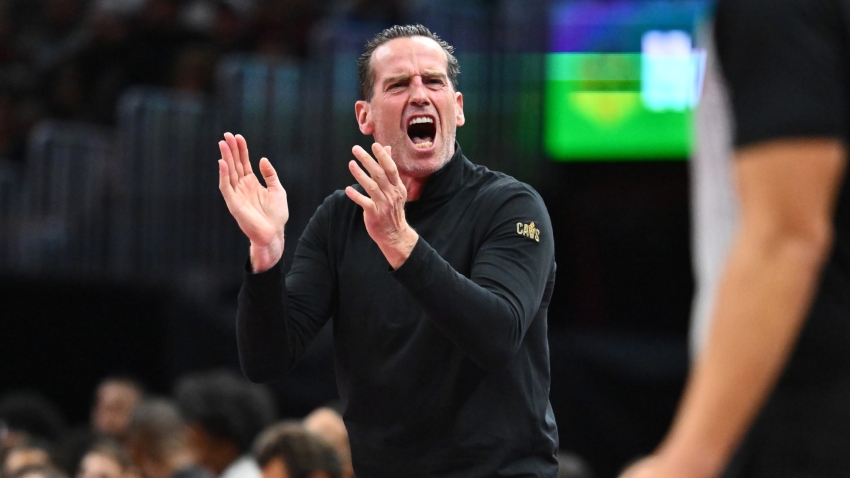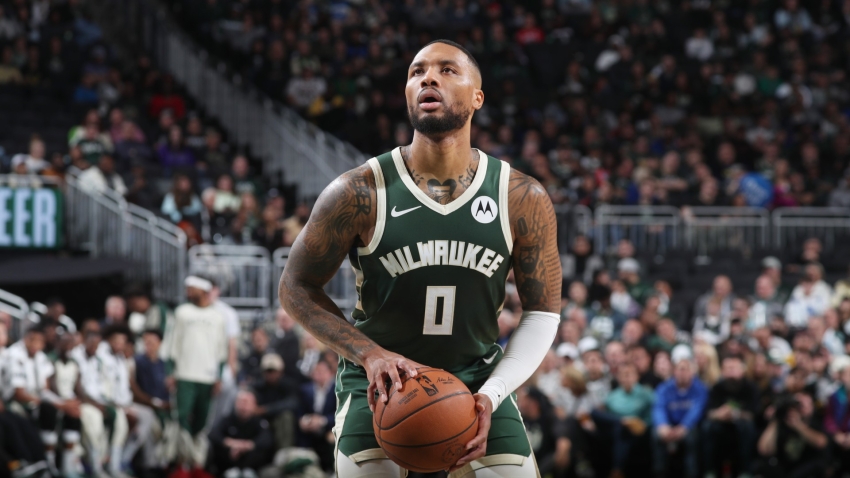Two years ago, the Phoenix Suns compiled the second-worst record in franchise history behind only the 1968-69 expansion team.
A year later, they were the darling of the NBA's restart – going a perfect 8-0 at the Walt Disney Complex in Florida amid the coronavirus pandemic, yet still missing out on the playoffs.
And now, a mere 11 months later, they are just four wins away from capturing the franchise's first NBA title.
Led by a future Hall of Famer running the point, a dynamic scorer and one of the most explosive young bigs in the league, Phoenix have the chance to join the 2007-08 Boston Celtics and last season's Los Angeles Lakers as the only teams in the last 40 years to win the NBA title after missing the playoffs in the previous season.
The last stage of their incredible turnaround begins at home to the Milwaukee Bucks in Game 1 of the NBA Finals on Tuesday.
The Suns reached their first NBA Finals since losing to Michael Jordan and the Chicago Bulls in 1993 after dispatching defending champions the Lakers in five games in the first round, sweeping the Denver Nuggets in the Western Conference semi-finals and ousting the Los Angeles Clippers in six in the Conference Finals.
All of those teams were a bit banged-up – the Lakers without Anthony Davis, the Nuggets minus Jamal Murray and a Kawhi Leonard-less Clippers squad – but the Suns themselves had to overcome their own setbacks. Chris Paul injured his shoulder against the Lakers and then missed two games following a positive COVID-19 test, Devin Booker played through a broken nose and Cameron Johnson was sidelined with an illness.
Despite their issues, Phoenix have taken care of business against the league's best just like it did all season – their .711 winning percentage (27-11) against teams .500 or better in the regular season ranked first in the NBA – with an offense running through Paul and Booker.
In the Finals for the first time in his 16-year-career, the 36-year-old Paul is one of the most captivating storylines of this series and with good reason – he is playing with a rejuvenated fervour and is the engine that runs Phoenix's high-powered offense.
Paul has tallied at least 15 points and five assists in each of his last eight games – the longest streak by any player 36 years or older in postseason history – and he punctuated the Suns' Finals berth with a playoff career-high-tying 41 points on seven-of-eight shooting on three-pointers and eight assists in last Wednesday's 130-103 Game 6 win over the Clippers. It marked just the fourth time in playoff history a player had 40 or more points with at least seven three-pointers while shooting 80 per cent or better from three-point range. (Booker had one in Phoenix's ouster against the Lakers on June 3 and Paul had another one for the Houston Rockets in 2018.)
Although he got hot from three-point range the last time the Suns took the court, inside the perimeter has been Paul, as well as Booker's, calling card this season.
Paul and Booker were first and second in mid-range field goals made in the regular season with 211 and 188, respectively, as Phoenix shot a league-leading 47.2 per cent from mid-range.
Including the postseason, Paul is shooting 50.4 per cent on baseline jumpers (60 of 119) and 52.2 per cent on shots from the elbow (194 of 372), while Booker is shooting 47.6 per cent (81 of 170) and 47.5 per cent (154 of 324) on such shots. Paul's 163 made hoops from the elbow in the regular season were the most in the NBA, while Booker ranked third with 119.
The mid-range game has somewhat fallen by the wayside as teams focus more on the increased weight of the three-pointer, and although Phoenix is finding success from mid-range, they have not forgotten about the importance of the three.
While 19.1 per cent of the Suns' shots in the regular season were from mid-range compared to the league average of 13.6 per cent, Phoenix's 39.2 per cent of shots from three-point range was the exact league average. The Suns attempted fewer shots in the paint – 41.7 per cent compared to the NBA average of 47.2 per cent – but when they do feed the ball down low, they are converting baskets at a higher rate than anyone.
Including the postseason, Phoenix are shooting 60.3 per cent in the paint and 65.9 per cent in the restricted area – both ranking first in the league.
Deandre Ayton has been the driving force behind the Suns' proficiency in the paint and has upped his game in the playoffs.
After shooting 75.2 per cent from the restricted area in the regular season to rank sixth in the league (min. 150 FGA) and 68.3 per cent in the paint to rank ninth (200 FGA), the 22-year-old is shooting 79.4 per cent in the restricted area (85 of 107) and 74.7 per cent in the paint (112 of 150) in the playoffs.
The top pick of the 2018 draft put together a phenomenal series against the Clippers, highlighted by an alley-oop dunk at the buzzer in an exhilarating 114-113 win in Game 2. Ayton averaged 17.8 points and 13.7 rebounds while shooting 69.3 per cent to become just the fourth player since 1983-84 to average at least 17 points and 13 rebounds while shooting 65 per cent or better in a single postseason series.
Johnson was also instrumental to Phoenix's success against the Clippers and is fit to play in the Finals after missing Wednesday's closeout win with a non-COVID illness.
After averaging 6.7 points on 37.8 per cent shooting and 41.2 per cent from beyond the arc (14 of 34) in the first two rounds, Johnson averaged 10.8 points on 70.0 per cent shooting and 52.9 per cent on three-pointers (9 of 17) in the Clippers series.
While Johnson finally found his shooting touch in the last round to help the Suns advance, much of their success this postseason hinges on shoulders of veteran three-point specialist Jae Crowder.
Phoenix are 7-0 in the playoffs when Crowder scores at least 10 points and 5-4 when he fails to reach double figures. His scoring success boils down to how well he is shooting from deep, as he is knocking down 51.9 per cent of his three-pointers (27 of 52) in those seven double-digit scoring games compared to just 21.6 per cent (11 of 51) in those other nine contests.
He has been a bit more effective from the corner in the playoffs, shooting 48.1 per cent from there (13 of 27) after making 38.8 per cent of his corner threes in the regular season (40 of 103). Booker, meanwhile, has been steady from the corner all season, connecting on 51.2 per cent of his 41 attempts from there.
Cameron Payne was one of the league's most effective shooters on wing three-pointers during the regular season, connecting on 46.2 per cent of his 119 shots – the third-highest field goal percentage in the NBA among those with at least 100 attempts. He has not been quite as deadly in the postseason, shooting 38.1 per cent on his 42 shots from the wing, but Paul has been more accurate from there since the playoffs began, shooting 51.9 per cent (14 of 27) after shooting 37.4 per cent from the wing in the regular season (58 of 155).
Although Phoenix's strength all season has been their high-powered offense – their 114.9 offensive rating in the regular season was tied with the Portland Trail Blazers for fourth – the Suns are proving they are able to grind out wins in the playoffs even when their offense is not firing on all cylinders. Phoenix are averaging 108.9 points in the playoffs – down 6.4 points from their regular-season average – but are 4-4 when scoring 105 or fewer after going 3-9 in such games in the regular season.
Behind Paul, Booker and company, the Suns have come a long way in a relatively short amount of time, joining the 2007-08 Celtics as the only teams in the last 40 seasons to go from having one of the NBA's two worst records to one of its two best in a two-year span. In fact, over the past five seasons from 2015-16 to 2019-20, Phoenix's .302 winning percentage was the worst in the NBA.
Their run to the playoffs was unprecedented – their 51-21 regular-season record was the best in NBA history among teams that entered a season with a postseason drought of at least 10 seasons – and after all the years of disappointment in the desert, a championship is now within reach.









